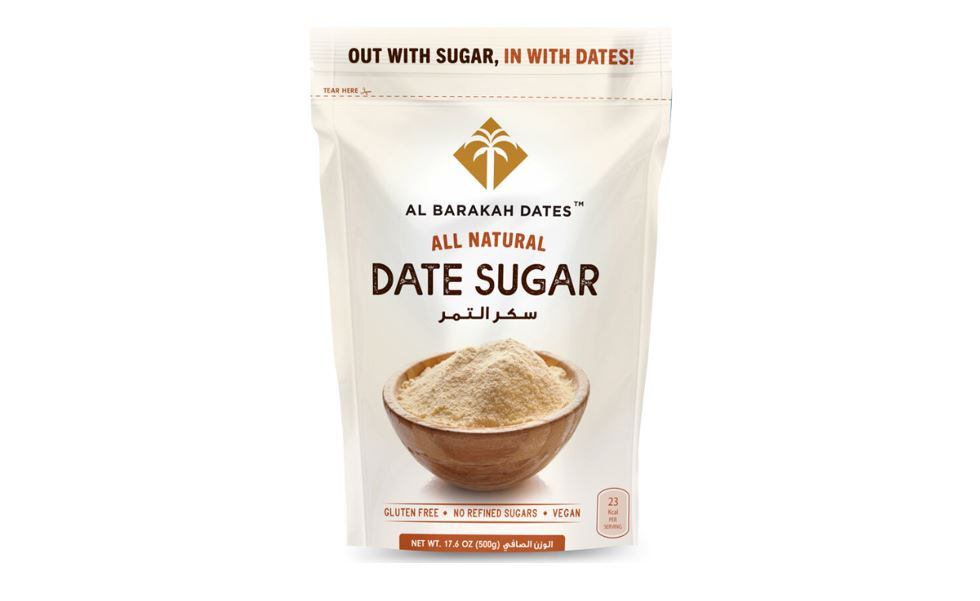Traditionally, retail accounts for about 70% of GCC’s F&B market, with hotels, restaurants and cafés (HORECA) accounting for the other 30%. Post-COVID-19, retail is expected to increase to 90%, while contribution of HORECA is expected to dip to 10%.
This is according to Frost & Sullivan’s recent analysis on the processed F&B markets in Middle East.
The processed F&B market include bakery, cereals, fruits, vegetables, dairy, meat, beverages, snacks, and condiments. The analysis covered retail including local grocery stores, supermarkets and hypermarkets as well as HORECA channels.
While the COVID-19 pandemic had hit tourism and wreaked havoc on GCC’s HORECA F&B segment, Prithvijit Roy, food & nutrition consultant at Frost & Sullivan, pointed out: “HORECA’s loss has been retail’s gain.”
Roy told FoodNavigator-Asia the GCC F&B market was expected to increase by 5 to 6% driven by retail sales after the lockdown forced GCC residents to stay or work from home. “This has thus driven household consumption and compensated for the loss in F&B revenue through the HORECA segment.”
He observed a growing demand for packaged, ready to cook and canned items which do not require preparation from scratch, “driven by the fact that people will continue to be confined to their homes due to absence of any social engagements.”
In addition to prepared foods, consumers were also seeking fresh food products.
Roy explained: “Consumers are looking to purchase F&B items with shorter shelf life as they believe the freshness factor and higher nutritional benefits of such products will help them to boost their immunity. Major F&B products purchased through online channels include dairy products, fruits, vegetables and bread.”
The GCC comprises just 0.7% of the world’s population but it accounts for about 3% (US$102bn) of the global processed F&B expenditure (US$3.4tr), indicating higher per capita food consumption amongst GCC consumers compared to the global average.
KSA and UAE
In the GCC, the Kingdom of Saudi Arabia (KSA) and United Arab Emirates (UAE) make up most of the F&B market at 47% and 34% respectively.
The analysis also reported consumption patterns in both countries.
One interesting observation was the amount of fruits and vegetables in the diet.
In UAE, fruits and vegetable make up about 35.6% of the diet, which holds the same weightage as carbohydrates such as cereals. In KSA, fruits and vegetables make up 15.7%, with cereals accounting for 56.5%.
Roy explained: “UAE has a much more diverse expatriate population who are health conscious and give priority to health based food products which includes organic food, wholegrain cereals, processed breakfast cereals along with an equal proportion of fruits and vegetables which is consumed as salad especially amongst the office going crowd. This explains the preference of fruits and vegetables as well as cereals as they form a part of the staple diet.”
On the other hand, KSA has a smaller expatriate population at 38%, compared to UAE’s 88%.
“Fruits and vegetables have become an emerging category within the F&B space in KSA,” Roy said, but it still cannot beat UAE’s consumption.
In terms of meat consumption, Roy said it will continue to “occupy the center of plate attractiveness in the GCC diet and the same trend is expected to prevail in the future. However, consumers are more concerned with regard to the impact of eating meat-based products, with the growing incidence of lifestyle related disorders and its direct scientific linkages to increasing body fat.
“What we foresee in the coming years will be a growing prevalence of leaner and fitter cuts of meat rather than the traditionally preferred cuts which are hedonic and high in fat.”
According to Roy, the growing millennial population will also drive innovation in this area but warns it will be a long time before meat alternatives reach this part of the world.
“There is a growing interest regarding the meat alternatives either plant based or otherwise. Concepts such as faux meat or lab grown meat are still at the very nascent stage with a few exceptions of companies like Impossible Foods who have hit the sweet spot when it comes to texture flavour of a real meat.
“However, there is still a long gap between this interest converting into immediate impact towards change in the way people make their purchases.”




